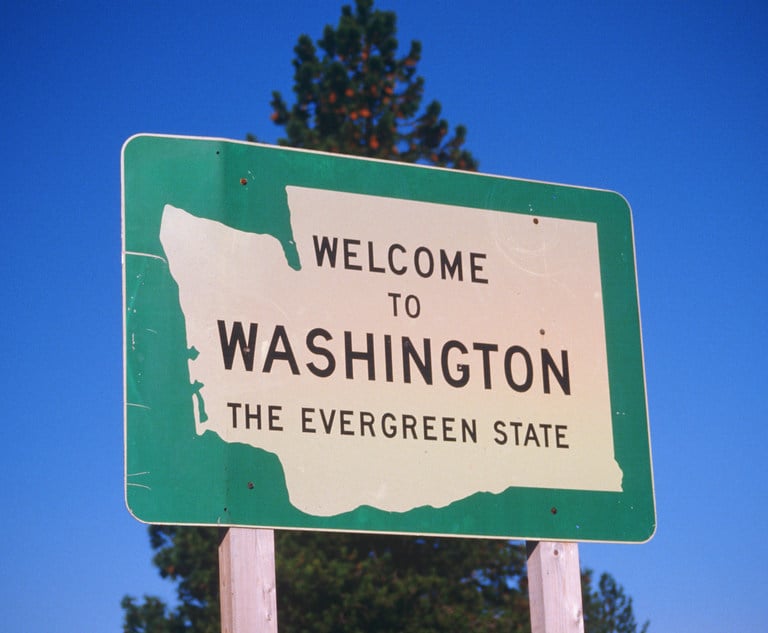This article appeared in Cybersecurity Law & Strategy, an ALM publication for privacy and security professionals, Chief Information Security Officers, Chief Information Officers, Chief Technology Officers, Corporate Counsel, Internet and Tech Practitioners, In-House Counsel. Visit the website to learn more.
Among the ways social media platforms have tried to distinguish notable account holders such as celebrities, public figures, and brand names from impostors and inspire trust on their platforms, the blue checkmark appears to be most popular. Social media platforms have traditionally recognized such accounts by adding the blue checkmark next to the handles once the platforms have verified the authenticity of the accounts. However, the recent flurry of online impersonators, ranging from accounts posing as President Joe Biden to the pharmaceutical company Eli Lilly, exposes the challenges of social media platforms’ verification and authentication processes. Indeed, Twitter recently altered course with the “Twitter Blue” program, which is an “opt-in, paid monthly subscription that adds a blue checkmark to [an] account ….” Soon thereafter were reports of an increase in impersonation on the platform, with accounts purportedly owned by companies and public figures posting misleading or false content. These recent events show that monitoring and policing trademark infringements and right of publicity violations can be increasingly difficult in the social media context.









